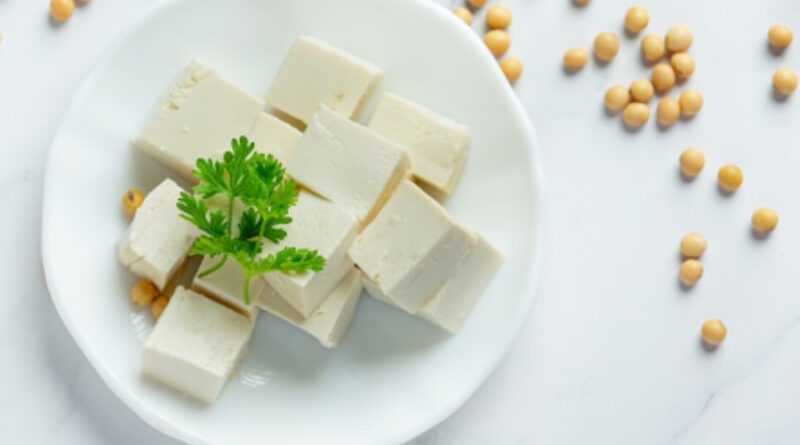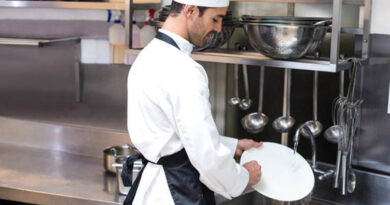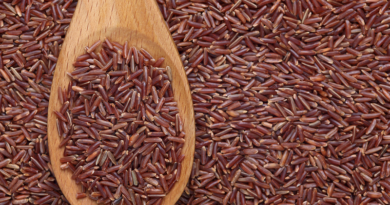What is a restaurant owner’s secret to serving the freshest cheese curds?
Behold the cheese curd. So lovely and squeaky, so fresh and bouncy. Those tiny bits of orange or white cheese that haven’t gone through the aging process are known as cheese curds. Consider them the younger siblings of the store-bought blocks of aged cheese. These delectable morsels are made using the finest cheese available. Although other cheeses, such as Muenster and Colby, can be used to produce cheese curds, cheddar is the most common.
If you’re still digesting the fact that cheese curds exist, you might be startled to learn that they can be eaten in a variety of ways. Raw milk is used to begin the process of creating cheese curds. In stainless steel, this is heated to 161 degrees Fahrenheit, maintained at that temperature for at least 15 seconds, and then cooled. Is there a certain amount of milk involved? Roughly 10,000 pounds of milk may yield about 1,200 pounds of cheese in a single day. Not to mention that fresh curds squeak in your mouth due to the proteins in the curds rubbing on your teeth when you take a bite. Those proteins relax and cease rebounding against tooth enamel when the curds grow less fresh.
Cheese curds are most typically served beer battered and deep-fried with a side of house-made ranch for dipping. They taste like a softer, saltier output of cheddar cheese since they are a younger version of the by-product. You can’t properly answer the questions “what are cheese curds?” and “what do they taste like?” without mentioning their texture. The texture is even more moist and elastic when deep-fried.
Beer makes a great accompaniment when it comes to cheese curds. Restaurateurs often pour you a beer instead of a glass of wine as the carbonation in beer instantly resets your palette by washing away the fat. To pair with the savoury cheese, they do suggest a large, sweet, malty beer like a double IPA or a sweeter hard liquor like a cherry-forward scotch.
Cheese curds are the one food that everyone at the party can agree on, from the pickiest infants to the most passionate cheese connoisseurs. These beautiful squeakers have a limited shelf life and are best savoured on the day they are created, straight from the initial step of cheesemaking. Batter and fry them, place them in a pasta salad, or drown them in gravy and serve them with fries as they do up north (north of Wisconsin and even Canada). Of course, you may always eat them simple and squeaky clean (like the cheesemakers intended) and quench your insatiable desire to devour the best of the curd dishes provided on the platter.




